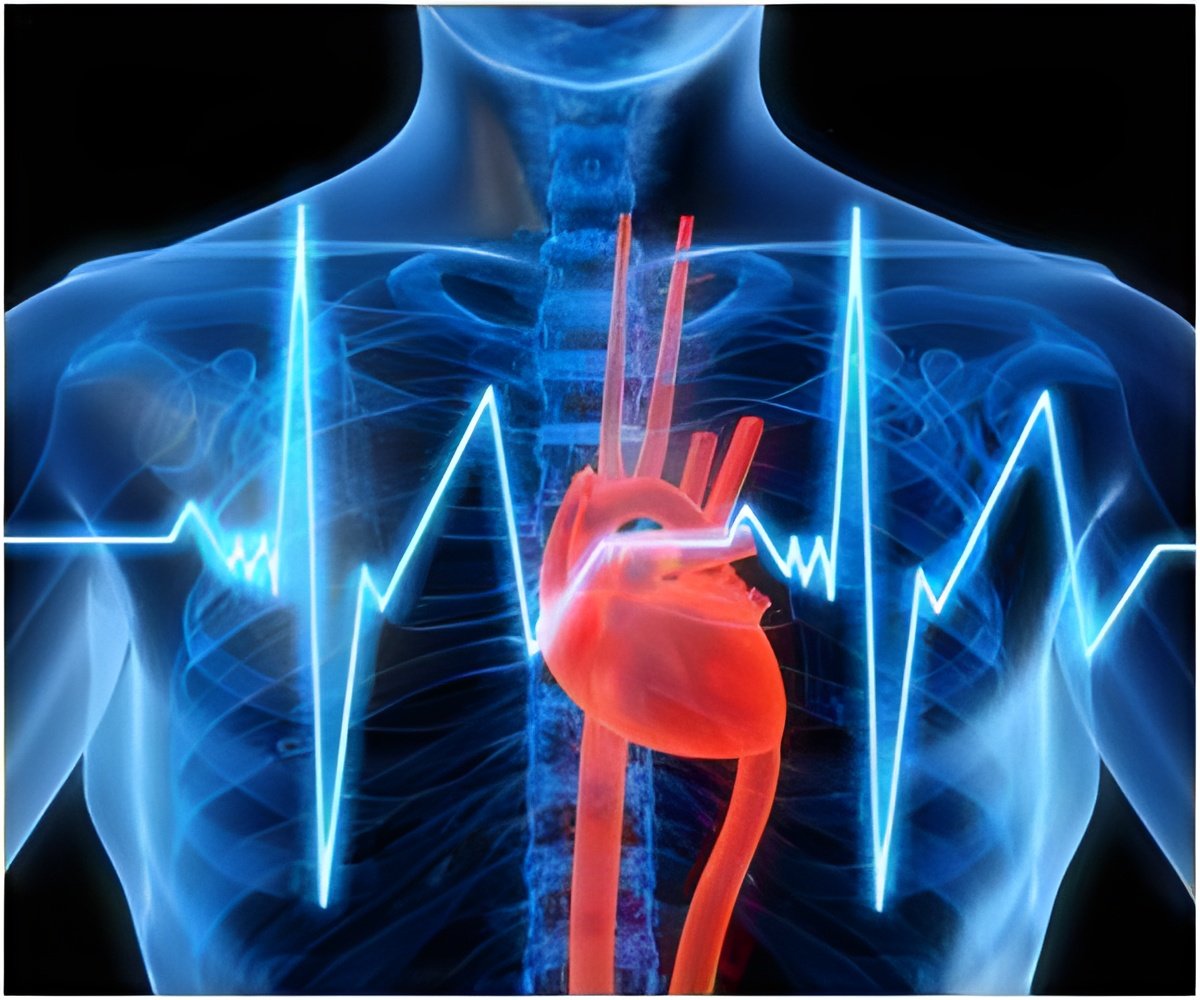
"This novel technology has the potential to help a large number of patients with symptomatic atrial fibrillation," said Knight, director of electrophysiology at Northwestern Memorial Hospital's Bluhm Cardiovascular Institute. "It represents the first major advance in the tools available to us to perform catheter ablation for patients with intermittent atrial fibrillation in over a decade."
Not only is A-Fib the most common heart rhythm disorder, it's one of the most undertreated. Approximately three million Americans are estimated to have the disease. A-Fib results from abnormal electrical impulses in the heart. The irregularity can be continuous, or it can come and go. Some people can become light-headed or faint, and other symptoms include weakness, lack of energy or shortness of breath and chest pain. A big concern for patients with atrial fibrillation is preventing blood clots or stroke. Half of all diagnosed atrial fibrillation patients fail drug therapy, and if left untreated, have up to five times higher risk of stroke and increased chance of developing heart failure.
Catheter ablation procedures for patients with A-Fib are typically performed by delivering radiofrequency energy (heat) through an electrode at the tip of a catheter to cauterize small amounts of heart tissue responsible for A-Fib. The tissue that is targeted is in the left atrium, near the entrance to the pulmonary veins, while using a point-to-point treatment.
"This new technology called cryoballoon, represents a way to perform ablation in two important ways," says Rod Passman, MD, medical director of the program for atrial fibrillation at Northwestern Memorial Hospital's Bluhm Cardiovascular Institute. "The first is that it freezes the heart tissue rather than using heat. Freezing may lead to less disruption of the lining of the heart chamber and might cause less damage to nearby structures like the esophagus compared to heating the tissue. The second way is that the large balloon allows for a much larger area of heart tissue to be ablated at one time. This should prevent gaps in the ablation lines that can occur with point-to-point radiofrequency ablation."
The FDA's approval of the technology used to do this procedure was based on a trial that demonstrated the safety and efficiency of the device in treating A-Fib. The study showed that 70 percent of patients treated with this freezing technique were free of A-fib at one year, compared to 7 percent of patients treated with drug therapy only. The study also demonstrated that patients enrolled in the study displayed a significant reduction of symptoms, a decrease in the use of drug therapy and great improvement in both physical and emotional quality-of-life factors.
Advertisement









